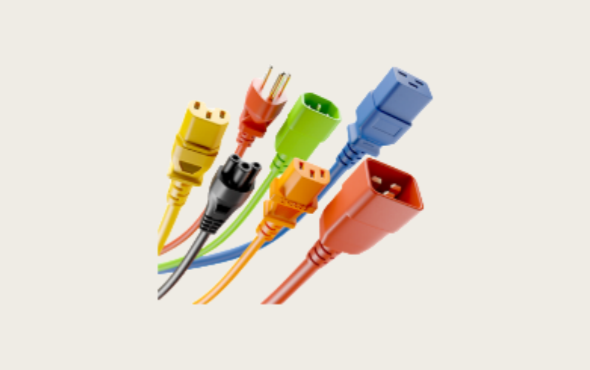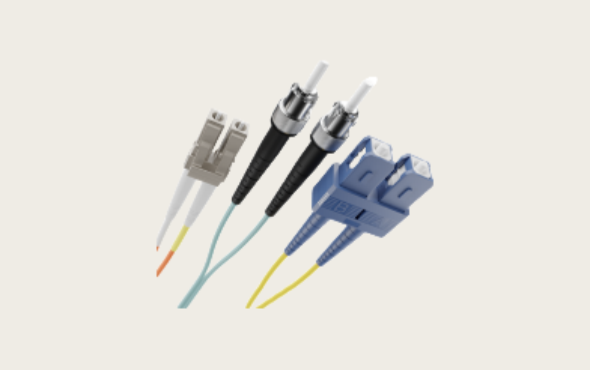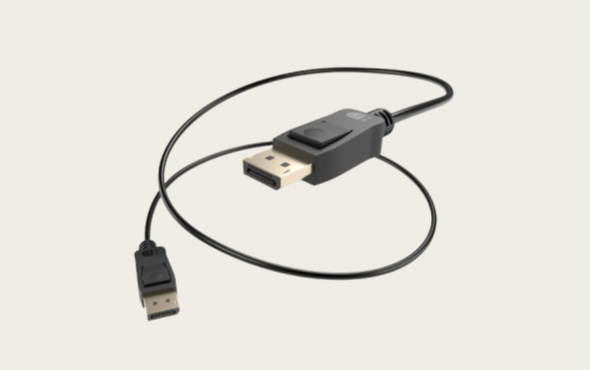In the connector/interconnect market, UNC is a brand worth considering. As a structured cabling and interconnect solutions provider, UNC includes a variety of categories in its product portfolio, such as RJ45 connectors, copper connectors, cables, jacks/modules, and quick optical fiber connectors. The "Connectivity" category on its official website showcases a line of connector devices including RJ45 connectors, copper components, wall modules, and more.
In addition, in terms of fiber optic connectors, UNC has launched Quick Connect Field Connectors (quick field-installable connectors) with performance specifications such as pre-polished interfaces and low insertion loss ≤ 0.35 dB, and they cover single-mode 9/125 types.
In the field of power /cable connectors, UNC's power cables (such as NEMA-C13 type to IEC interface) are also listed in their product catalog with a warranty commitment attribute.
Based on these product lines and performance positioning, we assume that in an industrial/communication project, a company originally purchased UNC or similar connectors from imported/high-end brands. Due to cost and supply chain considerations, the company intends to introduce domestic alternatives. The procurement volume is several thousand RJ45 modules/shielded plugs. The goal is to bring the domestic solution into an acceptable price range while ensuring performance, reliability, safety margins, and controllable delivery time.

Negotiation Strategy and Execution StepsThe following is the price negotiation strategy process and key skills we adopted in this project, for sharing and reference.
Cost structure breakdown + market research
●●Before the negotiation, it is necessary to estimate the cost structure of the imported brand/UNC original (including copper material cost, processing/casting/gold plating/surface treatment/cleaning/assembly/testing/packaging/transportation/tariffs/agency/profit, etc.).
●Meanwhile, collect quotes from several domestic or alternative manufacturers as reference benchmarks to assess cost底线 and negotiation space.
Compare the fluctuation of material market conditions (such as copper wire, electroplating technology, plastic raw materials) to question the raw material premium in the opponent's quoted price during negotiations.
Sample comparison test + performance endorsement
●Request suppliers/alternative manufacturers to provide samples for a comparative test with imported/UNC samples. The test items should include: insertion force/life span/contact resistance/signaling performance (if used for high-speed data lines, shielding performance) and environmental reliability (high and low temperatures, humidity and temperature cycling, vibration and shock, aging, etc.).
Compile the sample test data into a comparative report, indicating the deviations, acceptable range, and improvement directions between the domestic solution and the imported/original parts. Use data as a basis for price negotiation.
Itemized cost剥离 + quotation breakdown
When communicating with suppliers, require them to provide cost breakdowns/quotations details (such as material costs, processing, testing fees, management fees, transportation fees, profits, etc.).
●Optimize by stripping away unreasonable items (such as excessive packaging, agency markup, insurance/transportation redundancy).
If there are transportation / international logistics / intermediary agency parts in the supplier's quotation, consider ways such as localization substitution, consolidation transportation, or simplified packaging to reduce prices.
4. Step pricing / Tiered pricing / Quantity discount / Long-term agreement incentives
●Propose tiered pricing or quantity-based discounts: for example, corresponding discount tiers for 1,000 units / 3,000 units / 5,000 units, allowing suppliers to have room for downward concessions.
Guide the other party to sign a long-term procurement agreement to obtain lower prices in exchange for procurement guarantees.
● Tie price concessions to service/risk assumption (e.g., if there is a deviation in performance or quality issues in a batch, then the price is discounted/replaced/returned for repair).
Risk sharing + warranty clauses
●It is mandatory to include quality assurance/batch consistency terms, repair, replacement, and rejection clauses in the contract/agreement. If a batch performs poorly, the supplier is responsible.
It is recommended to retain imported/brand-name parts as a backup/alternative solution to reduce project risks.
●Can set a small batch trial/observation period mechanism, release in batches after confirming the performance.
6. Service / delivery time / spare parts support as negotiation leverage
●In negotiations, in addition to price, it is important to emphasize factors such as service response, technical support, delivery guarantee, spare parts inventory, and customization capabilities.
●It can be indicated to the other party that if there is a price concession and adequate service/response/spare parts support, long-term orders can be inclined towards domestic suppliers.
Leverage service/supply chain risk to negotiate preferential space.
By following the above steps, we successfully reduced the price quotation of the domestic connector in this case by about 15%–25%, and locked in quality assurance, batch consistency, and replacement mechanisms in the contract terms, achieving a balance between risk and cost.

Part 2: Implementation Verification and Risk Control RecommendationsAfter a successful negotiation and contract signing, the real value lies in the subsequent execution and verification of whether it is in place. Here are our suggestions for implementation in the project:
The first batch delivered must undergo comprehensive performance testing.
The samples need to undergo tests such as insertion/extraction life, environmental aging, contact resistance, signal/shielding/attenuation/EMI, and temperature and humidity shock, and be compared with the samples at the negotiation stage and imported parts.
Process sampling / online monitoring
Establish sampling/inline testing points in each production batch to continuously monitor key indicators (such as contact resistance, insertion/removal force, lifespan, and rate of appearance defects).
Batch Consistency Tracking/Early Warning Mechanism
Compare the performance drift of different batches of samples, and immediately initiate a cause analysis and correction process once it deviates from the warning range.
4. Customer on-site feedback / maintenance record system
Establish a feedback mechanism in the customer use phase, recording failure rates / replacement rates / abnormal samples / service life, etc., to accumulate data for subsequent cooperation adjustments and negotiations.
5. Spares/Replacement Inventory Strategy
Especially in critical projects or high-reliability demand scenarios, maintaining a certain inventory of spare parts or replacement parts is necessary to cope with the needs for a small number of defective or emergency replacements.
6. Contract Execution / Quality Claim Mechanism Implementation
Strictly implement the quality responsibility clauses, return and replacement clauses, and rejection mechanisms agreed upon in the contract. Once batch deviations or defects are found, it is necessary to promptly initiate claims or replacements.

Case启示与总结This price negotiation case indicates that in the procurement of connector type parts, simply cutting prices is far from enough. What is more critical is to support performance, quality, risk, and service, and guide suppliers to make concessions in their quotations. Using data to speak, using contracts to lock in guarantees, and using service/delivery/replacement mechanisms as levers is the effective approach in real combat.

For domestic connectors (including domestic alternative solutions based on UNC standard models), if a reasonable comparison, risk linkage, and service selling points can be established during the negotiation stage, and good verification, inspection, and feedback loop can be maintained during the implementation stage, there is a complete opportunity for the domesticization solution to land in a cost-effective way compared to imports.
In the future competition, those domestic connector solutions that are solid in all three aspects of negotiation logic, engineering verification, and quality execution are likely to replace more imported components and win market space.
If you are interested in the domestic substitute products for UNC brand connectors or have procurement needs, or if you have production/sales channels for such domestic substitute products and wish to engage in in-depth cooperation or communication,
Please contact Manager Zhang (Phone/WeChat: 18665383950)Looking forward to exploring a new era of domestic connector development with you!



